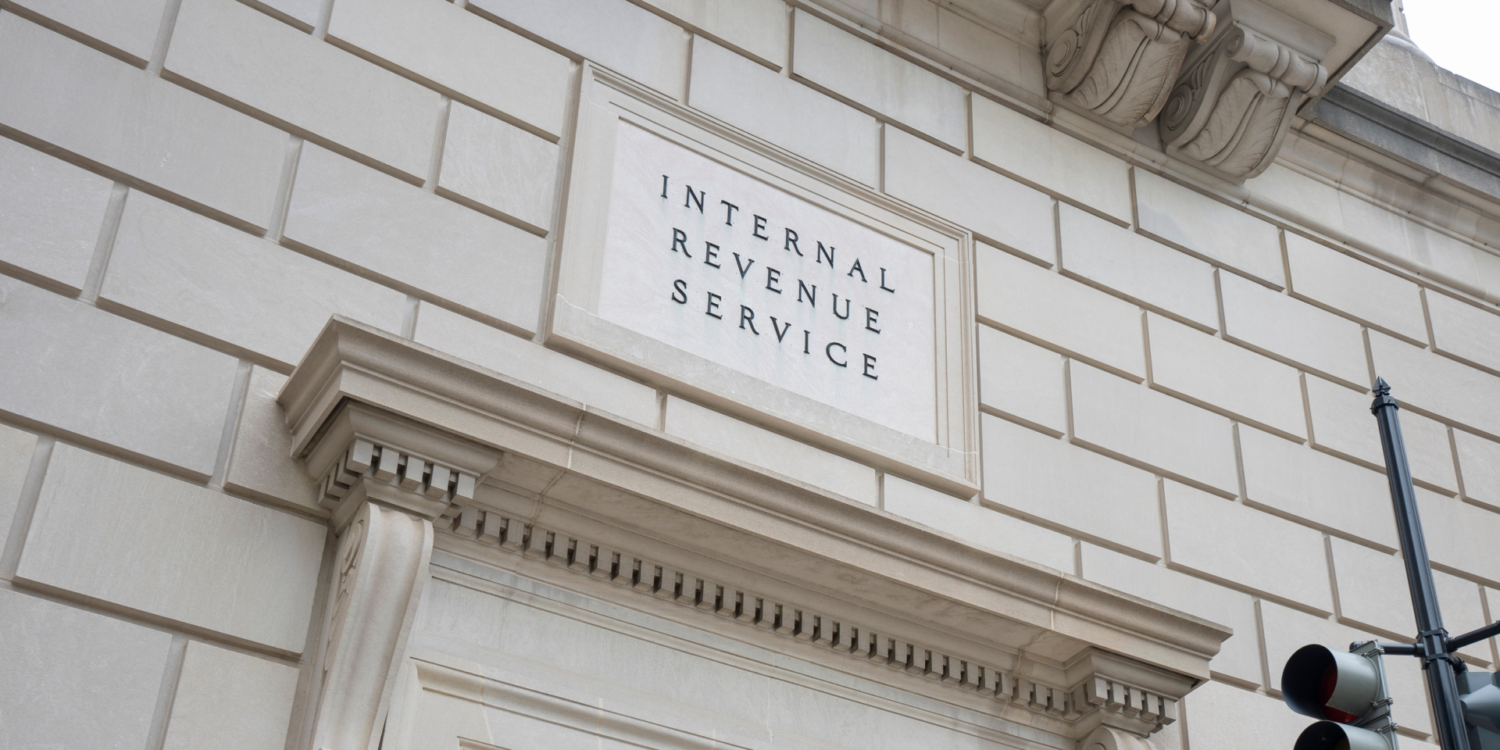Every time crypto is shaken, there is a need to reiterate why we are here, what we believe, and the purpose of what we’re building. I believe that crypto and the blockchain is for the exchange of value, much like the internet was for the exchange of information, and the journey will be very much the same. The cryptocurrency movement was created out of the 2008 financial crisis with the belief that the financial system should be better. I helped build one of the earliest crypto businesses – Kraken, an exchange – before starting Chainalysis in 2014. I have been doing this work for a long time because I believe in the power of blockchain and cryptocurrency to improve the lives of people who are left behind by our current system.
But we cannot talk about the future without addressing FTX. What happened at FTX was not a crypto failure; it was the failure of one organization (that spread to many), defined by a lack of transparency and closely-held, centralized, and irresponsible power. These scenarios happen in tech, in finance – in every industry – and they will happen again. Sadly, the FTX case is very large with many people and companies seriously impacted. My thoughts over the last weeks have been with the depositors who lost their savings, their companies, and their wealth. Chainalysis is doing everything it can to assist in the asset recovery process.
This moment is an opportunity to take stock of our values and advocate for a better, safer ecosystem. Fundamentally, there is huge demand for new models of ownership in the economy. The existing financial system isn’t working for most people. At Chainalysis, our research team spends a lot of time studying how ordinary people and businesses – not just professional traders – use cryptocurrencies. We’ve found that use cases vary all over the world and range from gaming, to art, to music, to raising money for war efforts, as we’ve seen with the global support for the Ukrainian people this year. Crypto is a cross-border, instantaneous, and cheap way to exchange value, and I believe the demand for that is only going to increase.
That’s where we are today: streamlining existing financial transactions. But I’m also interested in applications of web3 technology that are still very nascent or haven’t even been invented yet. There is huge potential to:
- Unlock new use cases in finance that aren’t currently possible due to the illiquidity of traditional assets
- Eliminate middlemen and foster more direct relationships between sellers and customers
- Bring decentralization to the business world by enabling community ownership
Now is when that future will be built. It’s times like these – bear markets – when step changes in crypto happen. I know because I’ve been here before; I founded Chainalysis in the wake of the collapse of Mt. Gox, the exchange that, at its peak, accounted for approximately 70% of the entire cryptocurrency market. In the years since Mt. Gox, we’ve seen tremendous innovation and adoption. Just look at the growth of stablecoins: cash became the first real-world asset to be tokenized. What comes next – the tokenization of a car, a house, or securities – will require novel, nuanced regulation and take longer to come to fruition. Streaming movies is a relatively recent addition to the internet, but sharing cooking recipes has been possible for decades. Similarly, the maturation of web3 will take some time.
There is an opportunity – an imperative – right now for the cryptocurrency industry to harness blockchains’ inherent transparency to build an economic system that holds itself to a higher standard than traditional finance. We’ve already proven that using crypto to launder money is an easy way to get caught (for example, take this box, this boxand this case). With the right data, tools, guidance, and partnerships, the cryptocurrency industry can hold its businesses and people accountable to protect consumers by design.
No other sector of the crypto ecosystem embodies transparency more than DeFi, where all transactions are visible and the code behind protocols is in the open for all to see. The entire crypto industry should strive for this level of transparency. There are clearly opportunities to bridge off-chain data on liabilities with on-chain data to provide better visibility. And when more value moves onto the blockchain, potential risks will be more transparent.
Regulators have the challenge and sometimes competing goals of keeping consumers safe and supporting the future of innovation simultaneously. Immediately after Mt. Gox, the biggest regulatory win for consumer protection was the New York BitLicense, but cryptocurrency’s borderless nature means that international collaboration is also necessary.
Striking the appropriate balance between consumer protection and innovation will require close collaboration between the industry and policymakers across jurisdictions. Chainalysis will continue to advocate for regulatory frameworks that both protect consumers and empower innovators through providing access to data, expert analysis and tools that contribute to a better understanding of recent events and its ongoing implications in the market.
Even in the absence of regulation, there is an opportunity for the crypto industry to collaborate and work towards standards of conduct, including reporting on reserves and other disclosures to ensure that the industry is doing its utmost to safeguard consumers.
As with any new technology, crypto has attracted criminals and fraudsters, but they are not representative of the industry. Crypto’s technical foundation is open and transparent. Now legitimate businesses in the industry and the public sector must come together to harness this built-in advantage to usher in the next phase of the internet of value for more financial freedom with less risk.
This website contains links to third-party sites that are not under the control of Chainalysis, Inc. or its affiliates (collectively “Chainalysis”). Access to such information does not imply association with, endorsement of, approval of, or recommendation by Chainalysis of the site or its operators, and Chainalysis is not responsible for the products, services, or other content hosted therein.








